The Musings
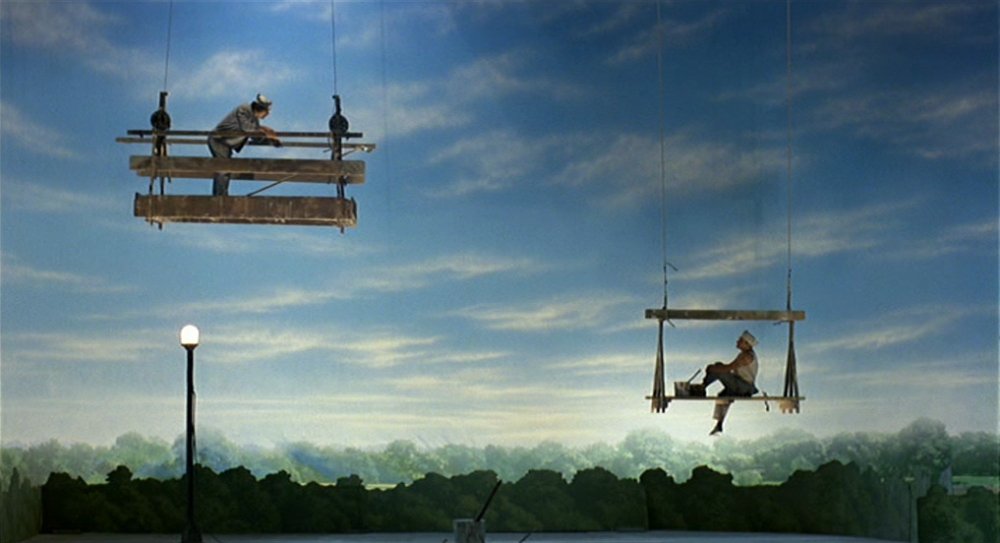
Quick Tip: Protect Your Actors
Marking rehearsal is done, the actors head back to wherever they head back to and it’s time to light and set up the shot. Over the next 10, 15, 45 minutes you will be standing by overseeing the layout of the shot and watching the crew come in and light the set. A lot will happen, things will move and be moved back, flash will be set, you’ll be keeping an eye on everything and both rehearsing the shot, working with set dressing, working with the gaffer and key grip, sound and so much more.
But through that all, don’t forget your actors.
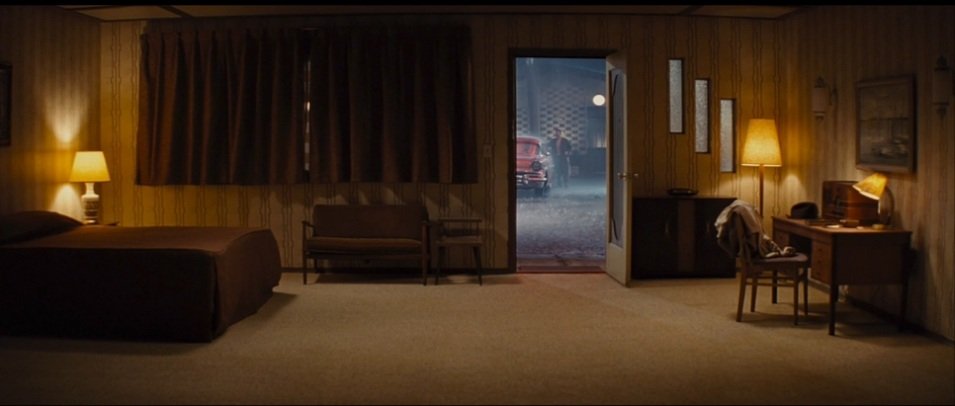
If It Works It Works
As filmmakers, we have all sorts of tools at our disposal: dollies, cranes, Steadicam, handheld, insert cars, drones, and on and on. Sometimes, we can get caught up in the tech and forget about what we are really there to do: to tell stories.
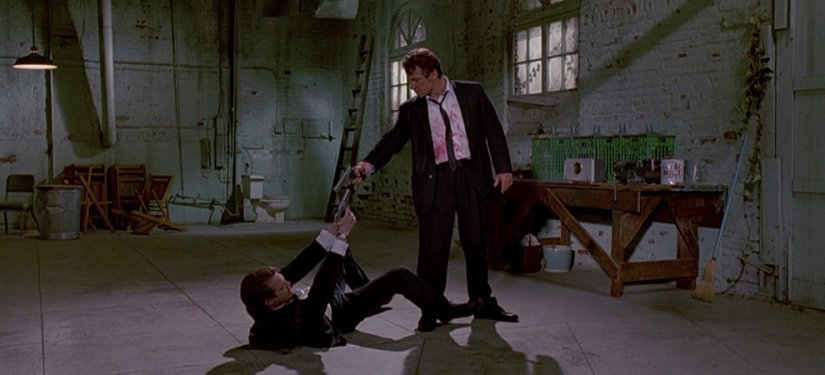
Quick Tip: Be Decisive
As an up-and-coming operator, it's hard to sound like you know exactly what you want to do because, let’s face it, you don't, or if you do, you're not sure that you do. I see this time and again with younger/newer operators and, largely due to societal reasons, I see this more with women who are coming up as operators than I do with men. That said, it’s a problem everyone starts with.

When To Walk Away
Assuming you do well and assuming you are going from job to job, you are going to come across some gigs that simply don't fit. You don't get along well with the DP. You are early in your career and you have a 1st AC that resents the fact that you have risen up quickly. You find yourself appalled at the actions of an actor or director and simply can’t hold your tongue anymore.
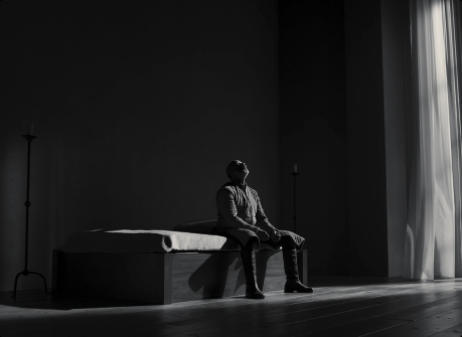
Humility
We work in an industry of attitudes that is very heavily populated by people who need validation. From general insecurities to people who feel they haven’t gotten the opportunities that others they work with have, to out and-out-jealousy, crews are made up of individuals who are wanting more than they have in their careers, and in fact, this can happen to any of us if we are not careful. It's the price of chasing a dream that goes hand in hand with stardom, money, flattery and beyond.
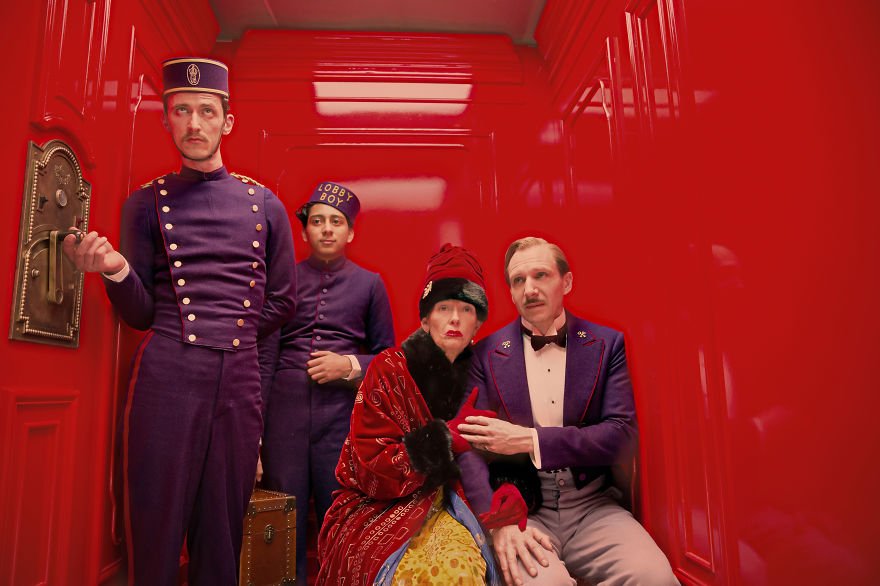
Quick Tip: Dolly at the Top or Bottom of Boom With Second Team
You've watched the rehearsal and set the shot with second team. You’ve worked out the move, checked reflections, looked for gear in the shot, and you are ready for first team to come in.

Why Are You Doing That?
There are usually two cameras on most shows these days, the A Camera and the B Camera. The A Camera is generally, but not always, helmed by the operator with more experience.

Avoid South Facing Chariots
As filmmakers, we have all sorts of tools at our disposal: dollies, cranes, Steadicam, handheld, insert cars, drones, and on and on. Sometimes, we can get caught up in the tech and forget about what we are really there to do: to tell stories.
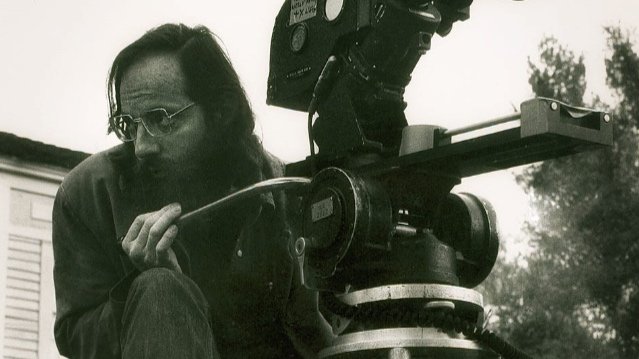
When The Camera Learned To Dance
There was a time when cameras didn’t move at all. In those early days, in the novelty of the first moving pictures, pictures of people gesturing and waving on the screen were enough. Then very quickly the camera learned to travel, first on cars and trains and then on primitive dollies and cranes, and then for quite some time they were…content.
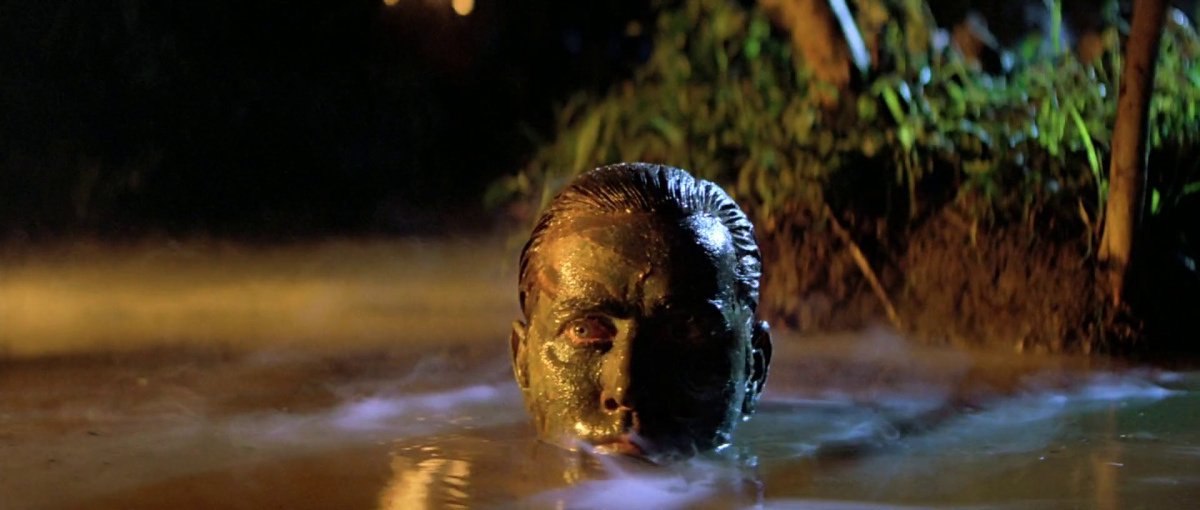
Quick Tip: Follow the Boom
You were up late last night. You lost the script. You just can’t remember lines. There are a ton of reasons you can have trouble following dialogue and when you do, there is usually one tried and true option for remembering who is talking next.

Quick Tip: Accidentally Leave The Camera on a Frame You Like
There are going to be those jobs where someone - the director, the DP, another operator who is higher on the line then you are, crafty - is going to talk you into a frame that you don't like.
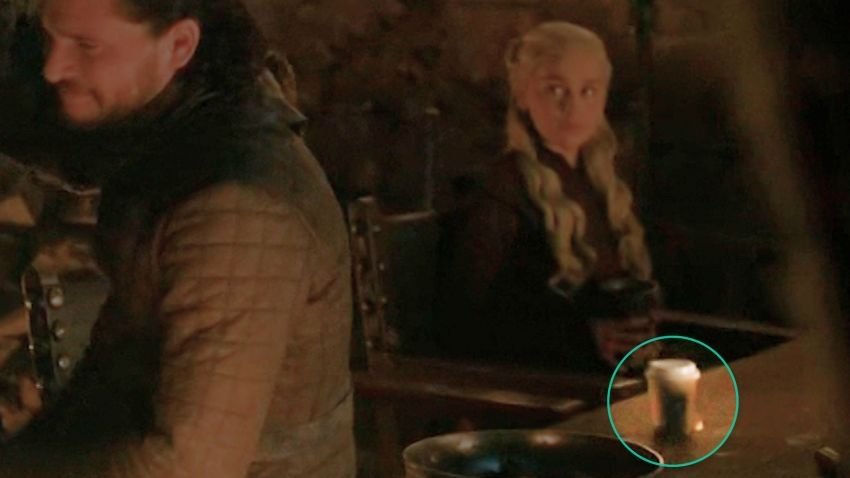
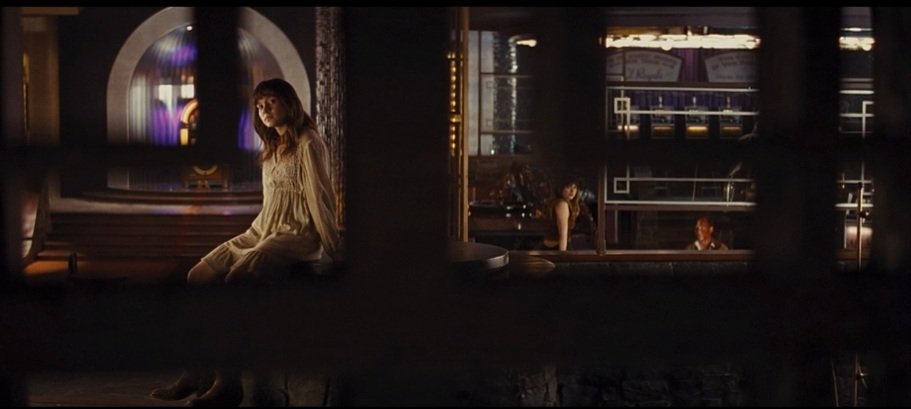
When The Actors Get To Set
By the time the actors get to set, your job is to be absolutely ready, not only for what has been planned, but for what might arise that you need to quickly adjust to.

Quick Tip: Plastic Down on a Garage Floor AKA Sand is not Your Friend
At some point in your career, you will eventually find yourself in a garage, industrial space, etc., with a poured concrete floor.

Location Gigs
Depending on who you are, location gigs can either be the greatest thing out there or the bane of your existence.
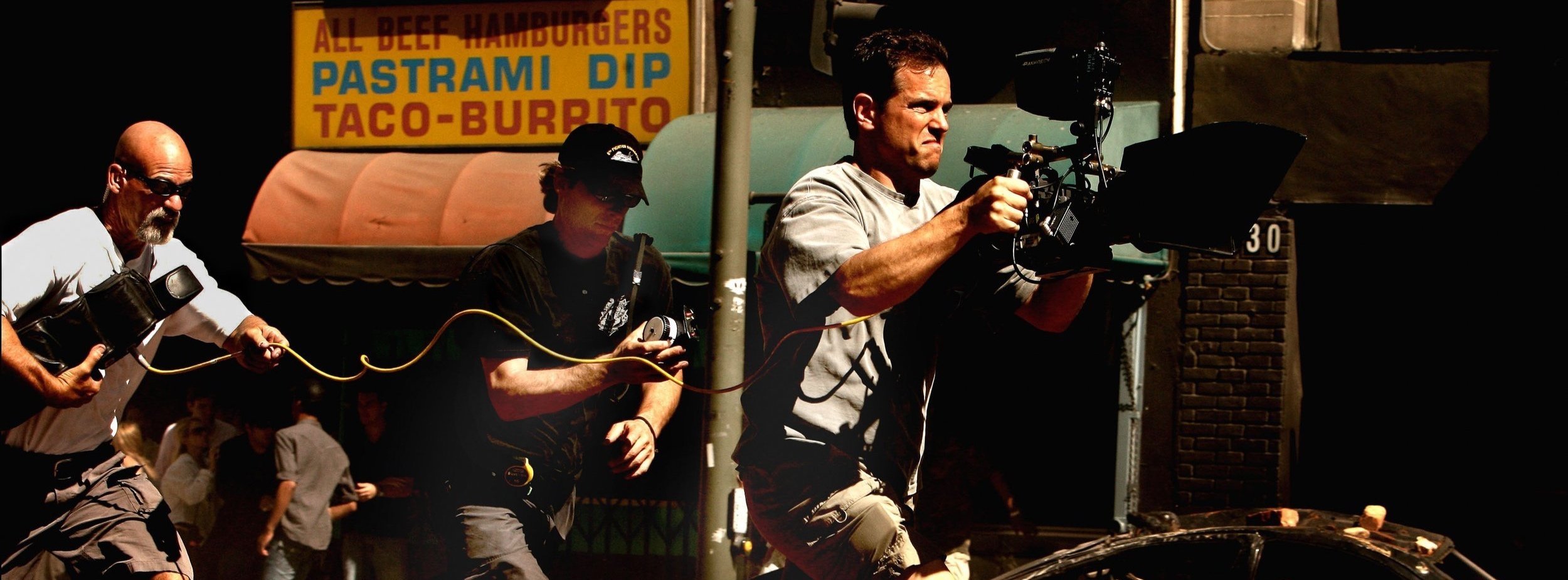
Quick Tip: Running With A Camera
Invariably, it is going to happen. You are going to be on set and the director is going to look at you and say, “Well, can’t you just run with them?” Note: any time you hear the word ‘just’, pay attention; it's never just ‘just’.

A Close Up of a Horse
I was working on a film once with a very big-name director, doing a Steadicam shot inside a stable involving a horse and the lead actor.
The director called in and said, “Start on a close-up of the horse and then pull back to reveal our hero.”
So, I moved in a little closer and framed up the horse from the tip of its nose to the top of the ears.

Quick Tip: Backwards Engineering
Once you get confident in what you are doing, backwards engineering is going to be your friend and what you do every single day. Now, when I say backwards engineering, I don't necessarily mean to start at the end of the shot and work backwards, but, rather, start at the hardest point of the shot and figure everything else out from there. You will find that this often determines the method of how you do a shot, and you will work everything else out around that.
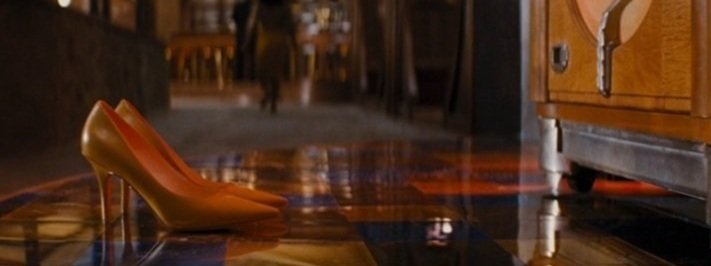
Be fun, Be Interesting, Be Memorable.
It goes without saying that in order to keep working in this industry you have to be good. Knowing your job, being dependable, being able to kill it in a tough situation, that is all extremely important. But having said that, you don't have to be the best, rather, you have to be good, and be someone that people want to be around.
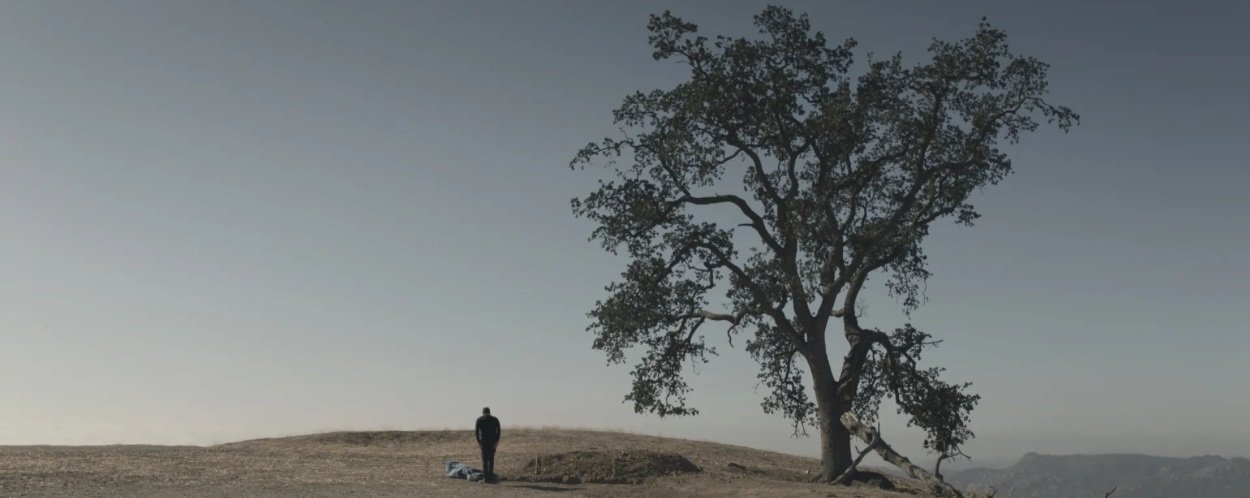
Beginning, Middle, and End
Any good well thought out shot that is advancing the story should have a beginning, middle, and end. Sometimes these are clear. The dolly starts to move as the individual enters the frame, it continues to move as the individual stops, and it ends as the second person enters the room and walks past the camera. Sometimes, they are not so clear and you need to manufacture them.

